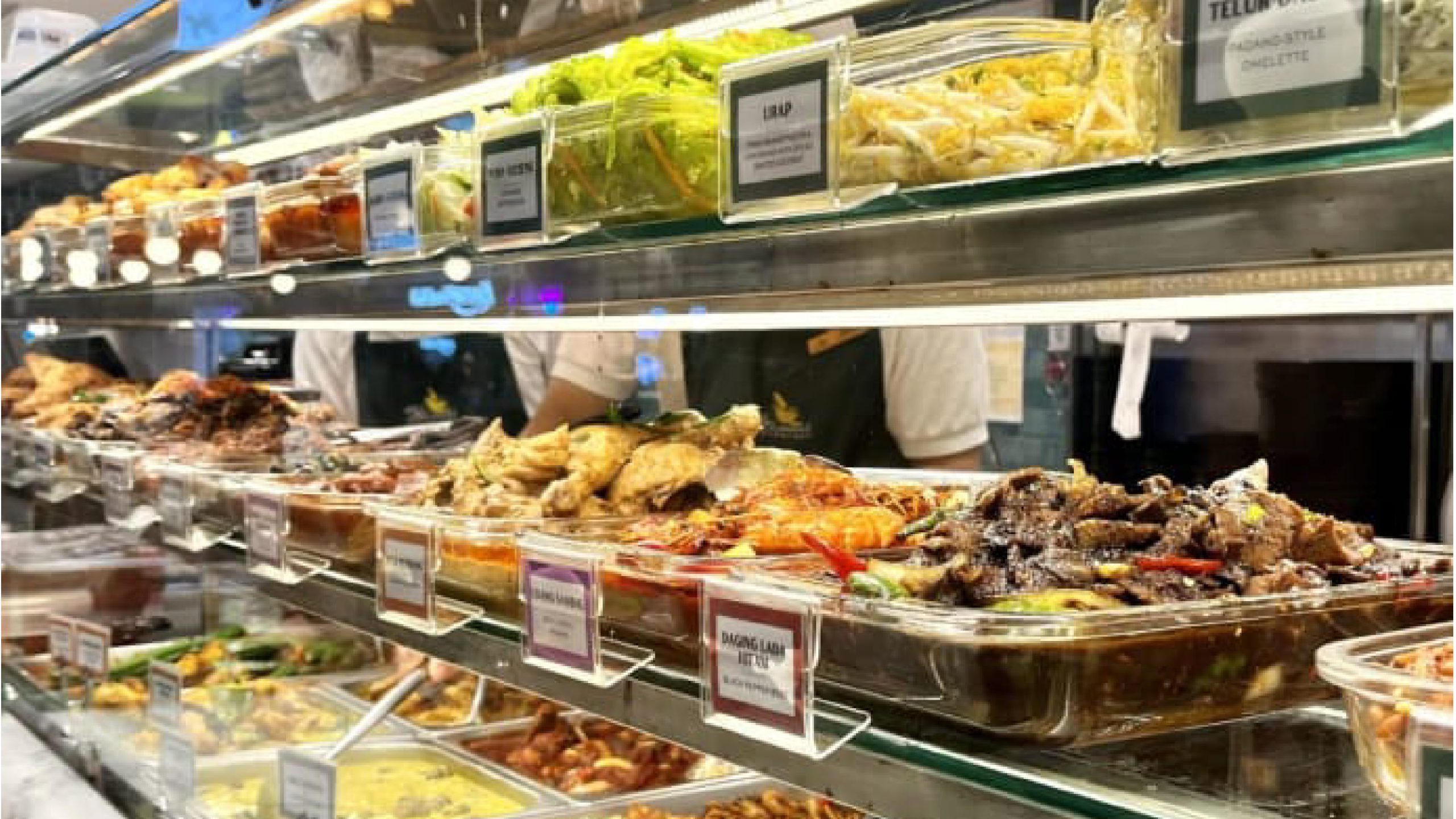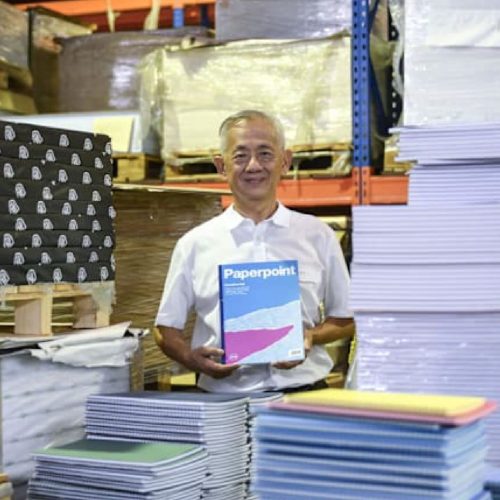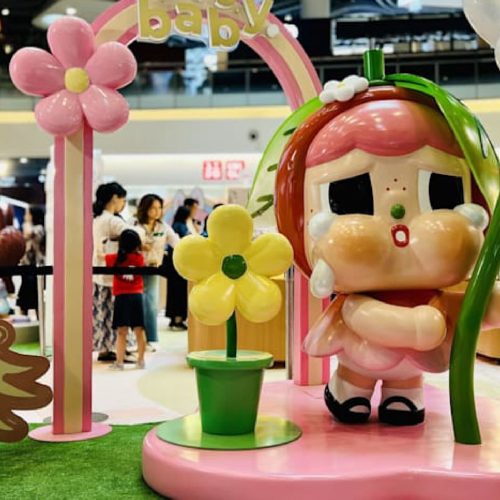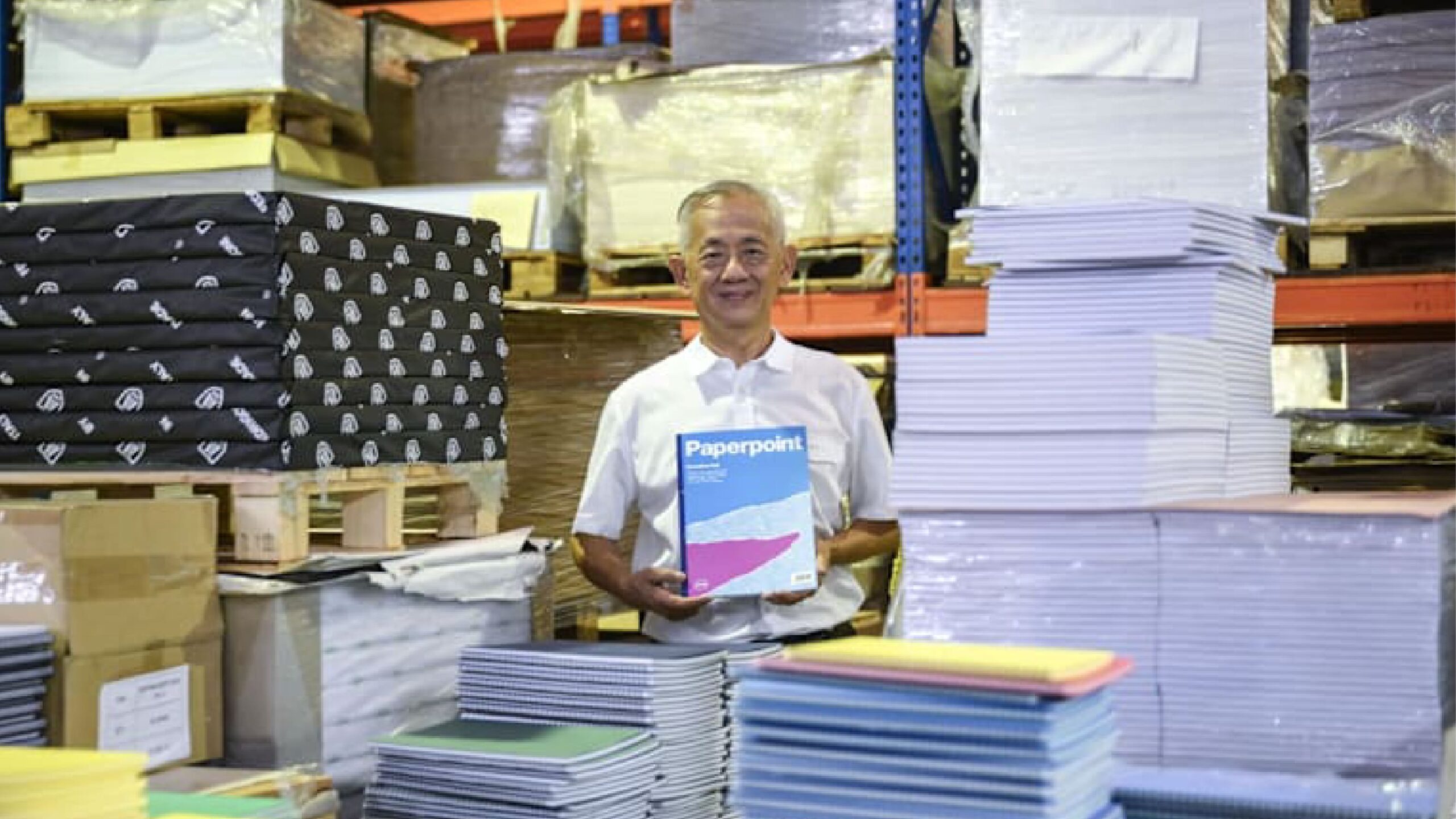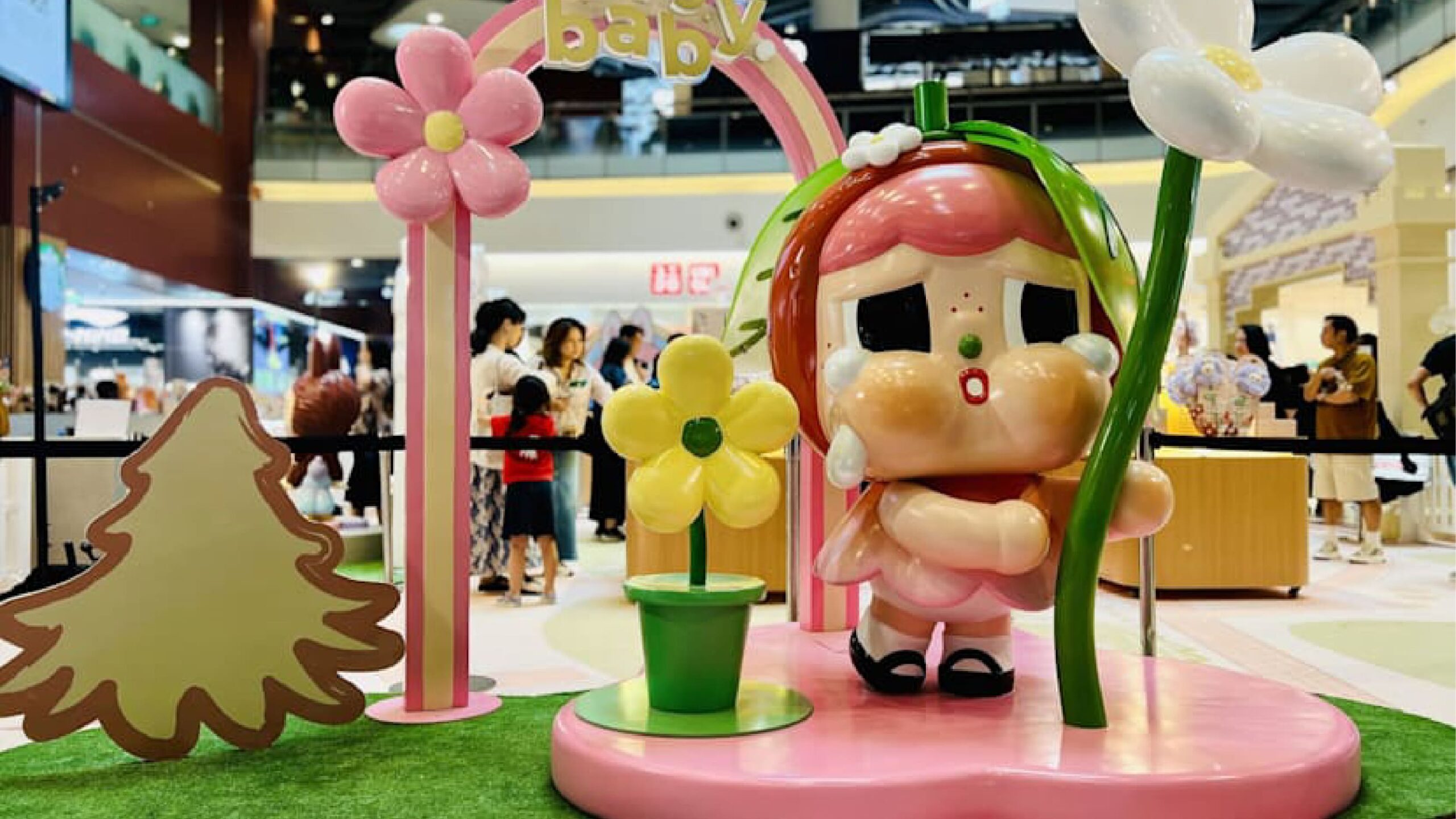SINGAPORE – Ordering nasi padang can be a delightful yet intimidating experience. Between the vibrant spread of meats, vegetables, and side dishes, many diners have faced the familiar shock at the cashier when the bill turns out to be higher than expected. To tackle this, heritage brand Hjh Maimunah has introduced a colour-coded pricing system at its “Mini” food court outlets, promising greater price transparency for customers.
A New Colour-Coded Approach to Nasi Padang
The colour-coded price labels were first rolled out at Hjh Maimunah Mini at Parkway Parade’s Kopitiam as part of a trial initiative supported by the Consumers Association of Singapore (CASE). This system mirrors the approach already in use at some economy rice stalls under Koufu’s network and aims to reduce confusion and potential misunderstandings at the cashier.
Each dish is now tagged with a colour indicating its price, which ranges from S$1.50 to S$4.50:
- Green (S$1.50) for vegetables such as stir-fried cabbage or sambal goreng Jawa
- Purple (S$3.50) for side dishes like paru, or beef lung
- Orange (S$4) and Red (S$4.50) for main dishes like chicken or beef
- Grey tags labeled “ask us” for seasonal or premium items, such as grilled stingray (from S$8.50) or the S$5.50 mee goreng
According to operations director Maria Didih, second-generation co-owner of Hjh Maimunah, the goal is to standardize pricing and foster trust. “We want to make things work by pricing our food consistently so that customers feel reassured and can plan their meals,” she explained.
What It’s Like to Order Using the New System
During our visit to the Parkway Parade outlet, we put the new pricing system to the test. The stall offered around 30 dishes, each with its colour-coded border. A small A5-sized price chart was displayed near the cashier, explaining what each colour meant.
At first glance, decoding the colours was not as straightforward as expected. Under the glare of the glass display, green and grey tags looked similar, and with a queue forming behind us, it felt like a race against the clock to match dishes to prices. Like many first-time customers, we found ourselves asking staff for guidance to speed up the process.
Our Taste Test: Budget vs. Premium Plates
To fully experience the system, we ordered two different nasi padang plates:
- Budget-Friendly Plate (S$6.50)
- Sambal goreng Jawa (S$1.50)
- Kobis goreng or stir-fried cabbage (S$1.50)
- Sambal goreng pengantin with diced beef and lung (S$3.50)
- White rice
- This combination offered a simple but hearty meal. The paru was tender and flavorful, the tempeh added a pleasant nuttiness, and the overall plate was satisfying for a light lunch. For hungrier diners, however, upgrading to a main protein like beef rendang or ayam lemak might feel more indulgent.
- Premium “Boujee” Plate (S$11.70)
- Ayam lemak chilli padi (S$4)
- Sotong hitam or squid in black ink (S$4.50)
- Sayur lodeh with tofu (S$2)
- White rice
- This plate showcased the richness of traditional Malay cuisine. The chicken drumstick was juicy and soaked in a creamy, spicy gravy, while the sotong hitam delivered bold, spicy, and umami flavors. Though pricier, it was a memorable and satisfying meal.
Customer Feedback and Operational Benefits
Feedback on the colour-coded system has been mixed. Some customers appreciate the transparency and ability to estimate their spending, while others find the colour decoding process confusing, especially during busy hours.
From an operational standpoint, however, Maria notes that the system streamlines staff training and reduces potential disputes. New staff can quickly identify dish categories by colour, and customers are encouraged to mix and match within their budget.
“Even though some customers are still adjusting,” Maria said, “it has made our internal processes smoother. Over time, it should become second nature for regular diners.”
Our Verdict on the Colour-Coded Experience
The colour-coded nasi padang pricing at Hjh Maimunah Mini does help budget-conscious diners avoid surprise bills. However, first-time users may feel slightly overwhelmed trying to decode the colours amid a long queue.
For the best experience, we recommend:
- Checking the price chart before queuing
- Identifying your must-have dishes first
- Asking staff for clarification if you are unsure about certain colours
Despite the minor learning curve, the system promotes fairness, consistency, and trust—qualities that have kept Hjh Maimunah a beloved name in Singapore’s nasi padang scene for decades.
Hjh Maimunah Mini has nine outlets islandwide, including 80 Marine Parade Road, #B1-85 to 87/112/146 146A, Parkway Parade. Opening hours are 10 am to 9 pm daily.

